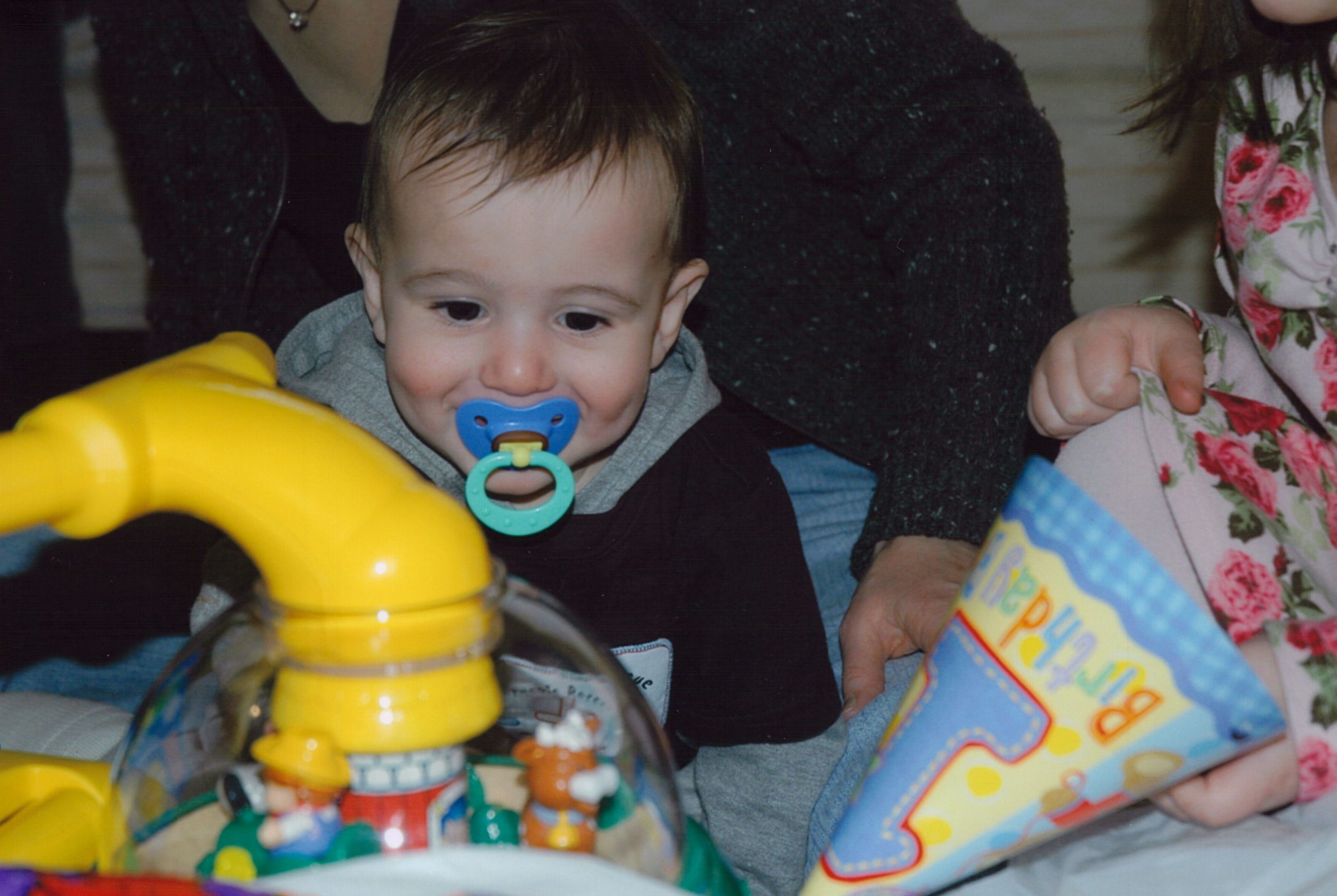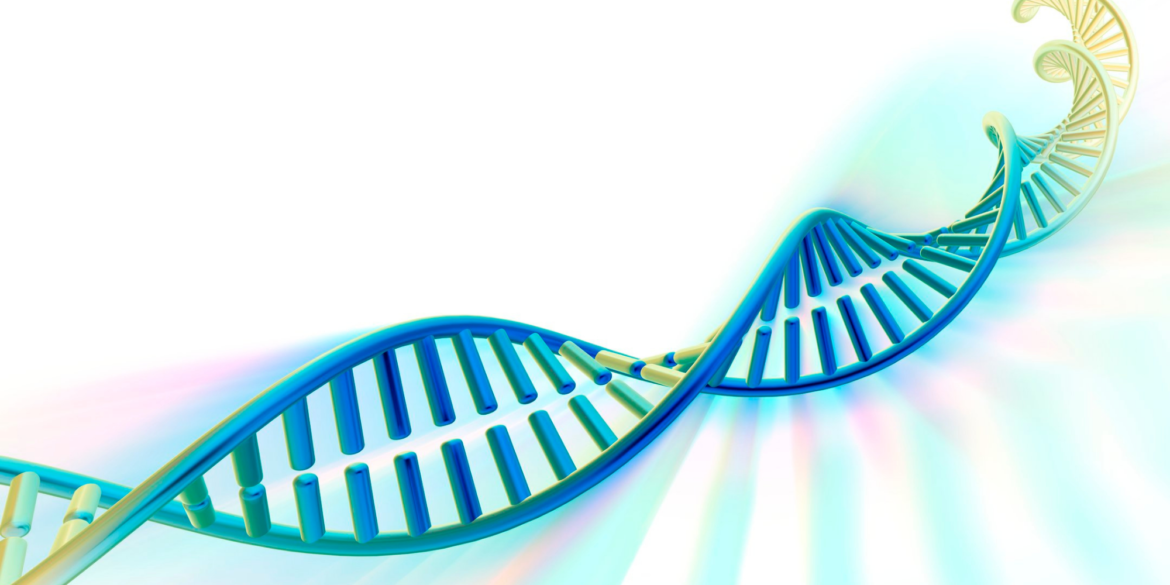MTHFR gene mutation … it looks and sounds like a nasty curse word, but it’s actually a genetic variant that can affect a person’s disease risk.
Genes are what make you uniquely you, by dictating physical features like eye color, height, and whether or not you have freckles. In recent years, more is understood about the role of genes in disease risk. In this blog, I’m going to share a bit about my journey, and how a better understanding of my own genes (really one in particular — MTHFR) became something that influences choices that I make on a daily basis.
Ever since childhood, I’ve had chemical sensitivity. Walking down the detergent aisle at the grocery store makes my eyes water, and many fragranced products give me a headache, still, to this day. I didn’t think too much about it back then, but my parenting journey ultimately led me back to uncovering what’s behind this part of me.
It wasn’t long after I became a mom (following a somewhat lengthy infertility struggle) that I noticed certain things didn’t seem quite right with my son’s development. He didn’t startle to loud noises (we had a very loud dog at the time), he was plagued with upper and lower digestive problems, and was slow to put on weight due to what seemed like pain when eating. He hit most of his developmental milestones on the very far end of “normal”, and in some areas was significantly delayed.

My baby was disgnosed with autism barely after his first birthday
My baby was diagnosed with autism barely after his first birthday, which drove me into momma bear research mode. Motivated to do whatever I could to ensure the best possible outcome, I read blogs, books and research articles, careful to balance science with the experiences of other families. I spoke with other special needs parents, and sought out therapeutic services. By the time my little boy was 18 months old, we had therapists in and out of our home 5 days a week.
One of the things that was of great interest to me was the realization that my son’s autism was (at least partly) driven by underlying medical issues, some of which could be addressed with specific treatments, as well as dietary and other lifestyle changes.
After attending multiple biomedical conferences, I learned the role that toxins can play in child health and development, and much of what I discovered seemed to apply to me as well.
What the MTHFR?!?!
A simplified way to describe what I learned is that there’s a specific genetic mutation that makes it hard for a person to detoxify, and the resulting toxic overload can manifest as the signs and symptoms of autism and other neurological problems, including sensory disorders. The gene in question is referred to as MTHFR.
Yes, it looks like a nasty curse word, but MTHFR is actually an abbreviation for Methylene Tetrahydrofolate Reductase, an enzyme that triggers important biochemical reactions in the body. One of these reactions is the conversion of folate (vitamin B9) into methyl-folate, which in turn repairs damaged cells, optimizes DNA function, regulates neurotransmitters, and processes hormones and toxins.
The gene that tells the body how to produce the MTHFR enzyme, is referred to as the MTHFR gene.
Dr Amy Myers, a formally-trained physician and functional medicine practitioner shares a detailed, yet easy-to-understand explanation of the MTHFR gene and enzyme, which you can find on her website.
Mutant Ninja-MTHFR Mutation
Variations (sometimes called mutations) in the MTHFR gene can impair the body’s ability to carry out functions involving the MTHFR enzyme. The resulting cascade of problems this can create (some small, some quite large) are beyond the scope of this blog, other than to provide context of how it affects me personally. I highly recommend visiting Dr Myers’ website if you want to learn more, but suffice to say an MTHFR gene mutation “links to a decreased ability to detoxify, as well as over 60 chronic health conditions….”
Further, a 2016 meta analysis (ie, research pooled from two or more studies) and a 2018 study suggest a significant association between certain MTHFR mutations and autism, as well as other psychiatric diseases.
The link is fairly well established now, but back then, mainstream medicine didn’t support moms like me. So I looked to alternative and holistic practitioners for help both in testing to see what, if any, mutations we were dealing with, and in developing strategies to support our sensitive bodies. A simple blood test revealed that not only did my son with autism have a mutation, but so did both I and my younger son.
Our Genes are Not (Necessarily) Our Destiny
Knowledge is power, and thankfully scientists much smarter than me have found that genes don’t necessarily dictate our destiny. It’s actually possible to have a gene mutation, but not have any related impairment at all. This is because it’s possible that the mutation isn’t yet expressed.
As they say … genetics load the gun, but environment pulls the trigger.
On her website, Dr Myers points out that “studies using identical twins with autoimmunity showed the risk of getting an autoimmune disease is only 25% dependent on genetics and 75% dependent on environmental factors…. [And t]here are simple steps you can take to help overcome this [MTHFR] gene mutation and minimize its effects.”
Management of the MTHFR mutation means following precautions to avoid the mutation becoming expressed, and/or avoiding anything that can exacerbate the negative effects that come with impaired detoxification pathways.
Connecting the MTHFR dots, I quickly realized that reducing my family’s exposure to toxins could play a critical role in improving both our physical and mental health. So I took action by empowering myself to focus on what was truly in my control. I became ingredient detective, highly selective about what I allowed my family put into our bodies, what we put on our skin, and how we cleaned our home.
Some people are baby-step people. They make small changes to better manage what can feel like an overwhelming feat. While any change made in the name of better health is a good one in my book, personally, I’m an “all-in” kind of gal.
With knowledge in my pocket, I made vast changes over a relatively short period of time in an effort to create a toxic-free home. I recognize there’s a lot that you cannot change, but there actually IS a lot that you CAN. And the good news for anyone headed down this path, it’s a whole lot easier now than it was 15 years ago when my family started our toxic-free journey.
Stay tuned for a future post about my 3 non-negotiable things to avoid, in light of my family’s MTHFR status. Until then … tell me down below what sparked your toxic-free living journey!

